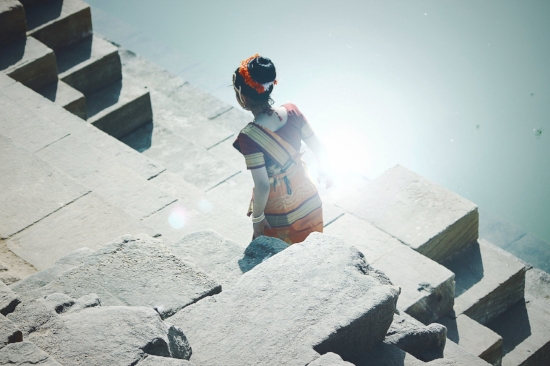Welcome to the South of India
South India is also known as Peninsular India or “Deccan” referring to the area covered by the Deccan Plateau that covers most of southern India excluding the coastal areas.
Shaped like an inverted triangle South India is bound by the Arabian Sea on the west, by the Bay of Bengal on the east and Vindhya and Satpura ranges on the north. The Narmada river flows westwards in the depression between the Vindhya and Satpura ranges which define the northern spur of the Deccan plateau.
Geography
South India includes the Indian states of Andhra Pradesh, Karnataka, Kerala, Tamil Nadu and Telangana as well as the union territories of Lakshadweep, Andaman and Nicobar Islands, and Puducherry, occupying 19% of India’s area (635,780 km2). The geography of the region is diverse with two mountain ranges — the Western and Eastern Ghats, bordering the plateau heartland. Godavari, Krishna, Kaveri, Tungabhadra and Vaigai rivers are important non-perennial sources of water. The cities of Bengaluru, Hyderabad, Chennai, Vishakapatnam, Kochi, Vijayawada, Coimbatore, Madurai, and Trivandrum are some of the largest urban areas in India.
The majority of the people in South India speak one of the four major Dravidian languages: Tamil, Telugu, Kannada and Malayalam. During its history, a number of dynastic kingdoms ruled over parts of South India whose invasions across southern and southeastern Asia impacted the history and culture in those regions. Major dynasties that were established in South India include the Cheras, Cholas, Pandyas, Pallavas, Satavahanas, Chalukyas, Rashtrakutas and Vijayanagara. Europeans entered India through Kerala and the region was colonised by Britain and other nations. Hinduism is the major religion with about 80% of the population adhering to it. About 11% of the population follow Islam and 8% follow Christianity.









